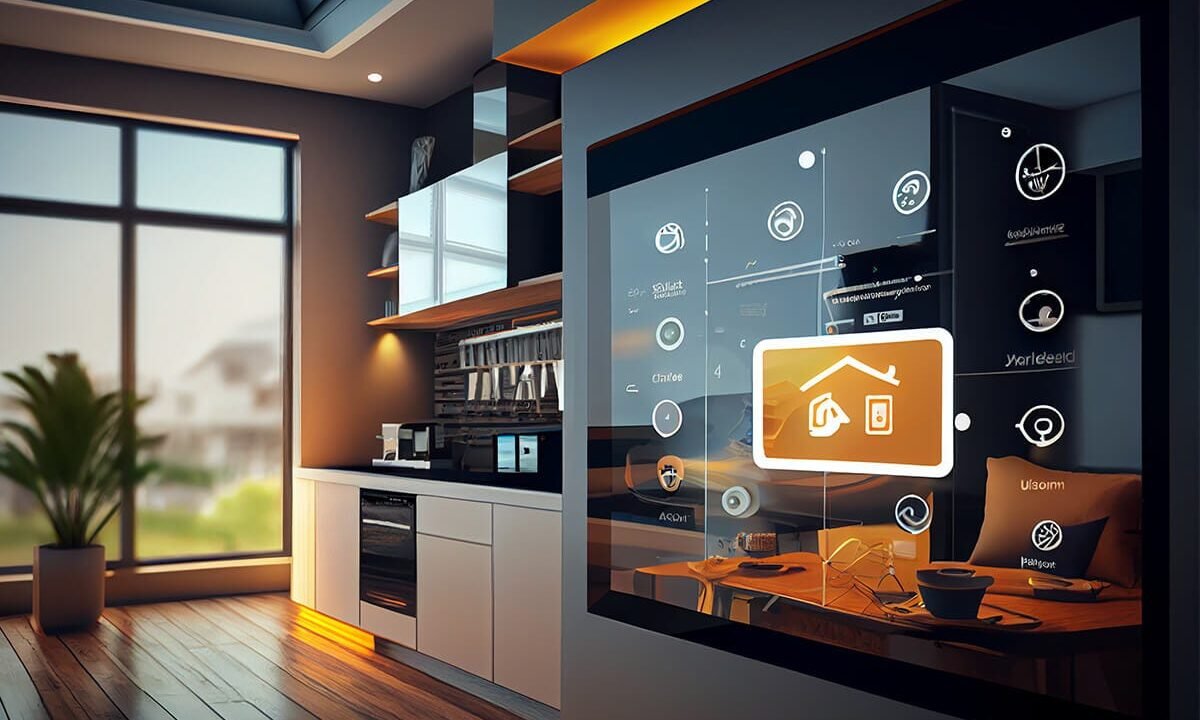

Introduction
Technology is transforming the way we live, and nowhere is that more evident than in our homes. From automated lighting and smart thermostats to voice-activated assistants and intelligent appliances, modern homeowners are embracing smart home renovations that make life easier, more efficient, and even safer. But smart technology doesn’t have to be complicated—or expensive. This comprehensive guide will help you understand how to modernize your home with smart tech solutions that align with your lifestyle, budget, and design vision.
Chapter 1: Why Smart Home Renovations Matter
Smart home upgrades offer more than just convenience—they also improve energy efficiency, home security, and long-term property value. According to real estate studies, homes with integrated smart features often sell faster and at a premium.
Benefits of Smart Home Renovations:
Convenience: Automate daily tasks with the touch of a button or a voice command.
Energy Efficiency: Save on utility bills by using smart thermostats and lighting.
Security: Get peace of mind with smart locks, cameras, and alarms.
Customization: Control everything from your smartphone or tablet, whether you’re home or away.
Chapter 2: The Foundation of a Smart Home
Before diving into gadgets, it’s essential to have the right infrastructure.
1. Wi-Fi Network
Your smart home is only as strong as your internet connection. Invest in a high-speed router and mesh network if your home is large.
2. Smart Hub (Optional but Helpful)
Smart hubs like Amazon Echo, Google Nest Hub, or Apple HomePod serve as a central control point for managing all your devices.
3. Power Backup
Smart devices need electricity. Having a backup system, like a UPS or generator, ensures your security systems and automations keep running during outages.
Chapter 3: High-Impact Smart Renovation Ideas
1. Smart Lighting
Install dimmable LED bulbs that you can control via app or voice.
Use motion sensors in hallways or closets.
Schedule lights to turn on/off automatically for energy savings and security.
2. Smart Thermostats
Learn your daily routine and adjust temperatures accordingly.
Popular models: Nest, Ecobee, Honeywell.
Can reduce heating and cooling bills by up to 20%.
3. Smart Locks & Entry Systems
Keyless entry adds security and convenience.
Temporary codes for guests or service providers.
Integration with doorbell cameras and security systems.
4. Smart Appliances
Refrigerators that track expiration dates.
Ovens you can preheat from your phone.
Washers that notify you when cycles finish.
5. Voice Assistants
Control music, news, calendars, and smart home features.
Alexa, Google Assistant, Siri—choose based on device compatibility.
6. Home Security Upgrades
Video doorbells (Ring, Nest Hello)
Smart cameras with cloud storage.
Window and door sensors that alert you instantly.
Chapter 4: Smart Renovations Room by Room
Kitchen:
Smart faucets with motion sensors.
Smart refrigerators with cameras.
Smart ovens that suggest recipes based on contents.
Living Room:
Smart TVs and speakers.
Automated blinds and lighting scenes.
Air quality monitors and purifiers.
Bedroom:
Smart mattress sensors.
Wake-up light alarms.
Temperature-regulating thermostats.
Bathroom:
Smart mirrors with news/weather display.
Heated floors with smart scheduling.
Water-efficient smart toilets.
Chapter 5: Budget-Friendly Smart Upgrades
Smart technology doesn’t have to break the bank. Here are some budget-conscious options:
Smart plugs (~$10–$20) to automate regular devices.
LED smart bulbs (~$15–$30 each)
DIY security kits (~$200 total)
Entry-level smart thermostats (~$100)
Refurbished or older-gen devices for lower prices.
Chapter 6: Installation Tips and Best Practices
Start Small: Focus on one room or system before expanding.
Ensure Compatibility: Stick to one ecosystem (Google, Apple, or Amazon) for smoother control.
Plan Wiring: For permanent fixtures, plan wiring during remodels.
Test Routinely: Update firmware and test devices regularly.
Consider Professional Help: Hire certified electricians for complex installs.
Chapter 7: Future-Proofing Your Smart Home
Choose devices that support software updates.
Opt for modular upgrades (add-ons rather than replacements).
Use cloud-based backups for security footage and preferences.
Watch emerging trends like Matter protocol, which improves device compatibility across brands.
Conclusion
A smart home is more than a tech-filled space—it’s a lifestyle shift toward simplicity, security, and sustainability. Whether you’re starting with a voice assistant or diving into a full renovation, integrating smart technology can elevate your daily life and the value of your property. With careful planning, even DIYers can modernize their homes one smart upgrade at a time.
Recent Comments
Categories
- Blog
- Budget-Friendly DIY
- Careers
- Crafts and Hobbies
- Decor and Design
- Design
- Featured Post
- Holiday and Special Occasion Projects
- Home Improvements
- Home remodeling
- Innovation
- Inspiration and Ideas
- Lifestyle
- Outdoor Projects
- Step-by-Step Tutorials
- Technology
- Tips and Tricks
- Tools and Materials
- Travel
- Uncategorised
Search
Recent Post
Turning Everyday Spaces Into Beautiful, Functional Homes
- 24 December 2025
- 2 min read
How to Find DIY Inspiration When You
- 24 December 2025
- 2 min read
Budget-Conscious Remodeling Ideas That Still Feel High-End
- 24 December 2025
- 2 min read







